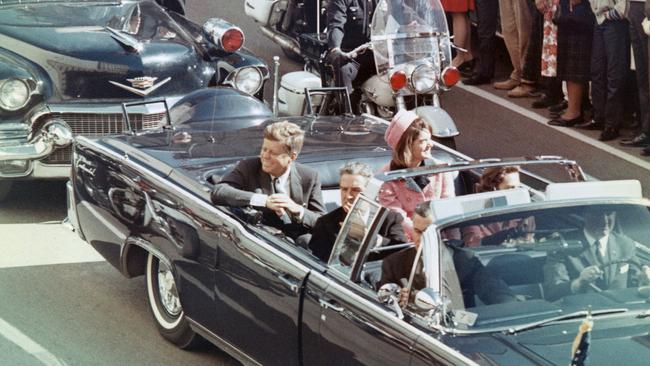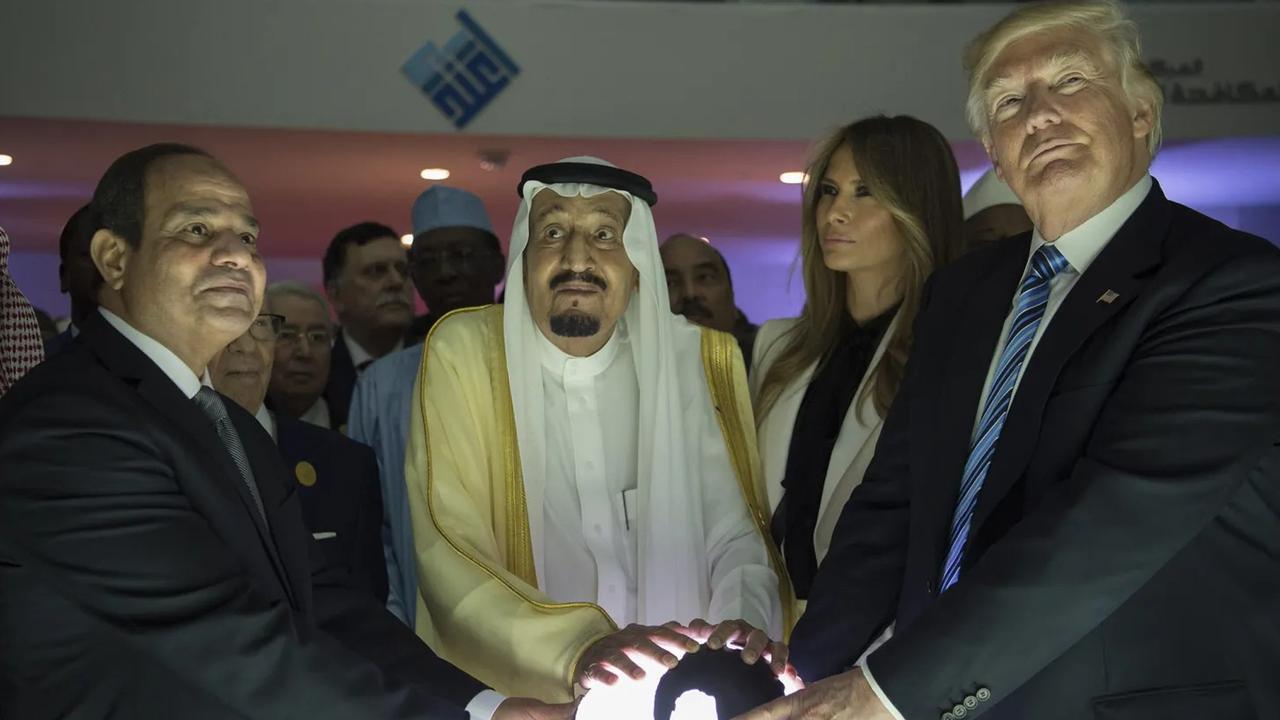Dallas surgeon was the respectable face of the JFK fantasists

As McClelland stood above the dying president, helping to perform an emergency tracheotomy, he stared at the “terrible hole” in the back of Kennedy’s head. Based on that memory, the doctor concluded and maintained that what he had seen was consistent with a shot from in front of the presidential motorcade, which would indicate that Lee Harvey Oswald, firing from his perch high on the sixth floor of the Texas School Book Depository above and behind the president, was not a lone assassin.
McClelland was not the only source for the theory that a second gunman fired on the president from the so-called grassy knoll but he was pivotal to it. His lifelong adherence to the view that Kennedy might have been shot from in front helped to spawn myriad conspiracy theories, not because he was some swivel-eyed crank but because he was the opposite: a sensible, experienced man of medicine whose testimony carried weight.
The doctor helped to underpin the belief, held by almost 50 per cent of Americans, that the assassination involved a plot or cover-up. Writing in the New Statesman, the actor Alec Baldwin states categorically: “No sane person believes Kennedy was killed by one bitter ex-marine”. McClelland worked valiantly to try to save the president’s life but in death he did him a signal disservice by stirring up the sediment of disbelief that lies just beneath the surface of American life.
Those who have been accused of involvement in the JFK assassination include the CIA, the KGB, the mafia, Fidel Castro and Lyndon Johnson, his vice-president. A total of 42 different groups, 82 assassins and 214 people have, at some point, been accused of killing America’s 35th president. Most of these theories rest on the conviction that Oswald was not the only shooter.
McClelland, who raced back to Parkland two days after Kennedy’s death to try to save the dying Oswald, who had been shot by Jack Ruby, was sincere in his belief that there had been a second gunman, though he did not advocate the wilder strands of conspiracy theorising. He was not lying. He recounted what he remembered in good faith. He was merely wrong.
The doctor claimed that the massive wound he saw was low on the back of Kennedy’s skull and he cited the film shot by Abraham Zapruder as corroboration of another gunman: “This looked like he was hit from one direction, from behind or above, with that first shot and then a shot came from in front and threw him violently backwards and to the left.” The absence of an entry wound in the front of Kennedy’s head McClelland put down to the president’s haircut. “The wound that maybe came in from the front, maybe the grassy knoll, and blew out the back of his head, was perhaps hidden within the hairline.” By implication, every one of the 26 medical personnel at Parkland had missed a clue that was staring them in the face, or rather Kennedy’s.
McClelland’s opinion ran contrary to the evidence of all the other doctors present. The pathologists who conducted the autopsy concluded that he had been killed by two bullets, fired from above and behind. The Warren commission and the US House of Representatives committee on assassinations both stated that Oswald was the lone assassin. The four other doctors who attempted to revive Kennedy wrote a joint article for The Journal of the American Medical Association concluding that the fatal shots came from behind and above, and that Kennedy’s neck wound was an exit wound. The editor noted McClelland’s dissenting view, while pointing out that he was not an “expert in forensic pathology and ballistic wounds”. His knowledge of gunshot injuries was largely derived from deer hunting in east Texas. Yet his differing opinion inevitably gained more traction than the dull, if dependable, consensus of other witnesses. A scene from Oliver Stone’s enduringly deceptive movie JFK depicts McClelland offering his conspiratorial opinion in court, something that never happened.
If McClelland’s recall was faulty, that is hardly surprising. The frenetic atmosphere inside Trauma Room 1 was not conducive to balanced observation. As Dr James Carrico recalled: “Everyone in that room was trying to save a life, not figure out forensics, not worrying about entry and exit wounds.” Dr Malcolm Perry stated: “I don’t think any of us got a good look at the head wound.”
The industry of conspiracy that emerged after Kennedy’s death would have happened without McClelland’s contribution. Within two hours of the United Press International report announcing Kennedy’s death, the switchboard at Parkland was swamped with calls from England, Venezuela, Canada, France, Mexico and, for the most part, America, offering conjectures disguised as explanation — some plausible, all uninformed since the facts had yet to emerge, and a few of them truly weird. The technical term is apophenia, the tendency to perceive mistaken connections between unrelated things.
McClelland’s role in the Kennedy saga proves only this: it takes many people and many strands of evidence to arrive at historical veracity, but it takes only one credible witness to misremember and disagree with the official version to set off a plethora of conspiracy theories without end.
The Times



Robert McClelland was a very good doctor but a bad historian. The Dallas surgeon, who died last month, was one of the team of medics who battled to save the life of John F Kennedy as he lay mortally wounded in Parkland Memorial Hospital on November 22, 1963. They failed to revive the president but even with today’s medicine that would probably have been impossible given his horrific injuries.